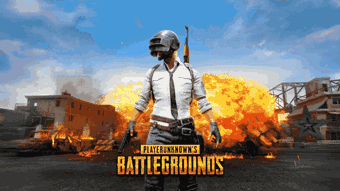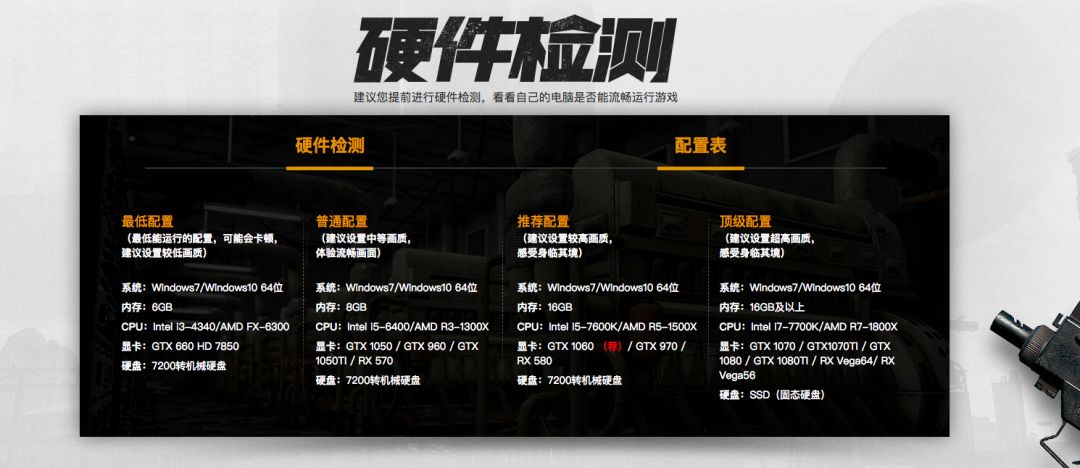
Since the release of the previous few office computers, many users have asked how to build a "chicken-eating" PC. First and foremost, it's important to understand that whether you can run the game smoothly has little to do with the computer itself but more with the technology behind it. The game requires high-end hardware, which has sparked a lot of interest among gamers looking to upgrade their systems or build a new one from scratch.

Before building your system, decide between an Intel or AMD platform. Keep in mind that CPUs and motherboards from these two brands are not interchangeable. While AMD’s Ryzen series was popular last year, we still recommend Intel for its stability, which is crucial when it comes to long-term performance and reliability.

The i5-8600K is a solid choice if you're looking for a smooth gaming experience. If budget isn’t a concern, going for an i7 will give you even better performance across all games. Upgrading your hardware is always a good excuse to feel like you’re getting something new, even if it's just for fun.

For the motherboard, the Z370 chipset is highly recommended. It offers excellent features such as M.2 slots, HDMI, USB 3.0, and SATA 3 ports, making it ideal for a high-performance build. The LGA 1151 interface is compatible with the 8th-gen Core i5, so make sure to choose a motherboard that supports this socket.

When it comes to memory, DDR4 is the way to go. The official recommendation for Jedi Survival is 16GB, so consider buying two 8GB sticks to form a dual-channel configuration. Alternatively, you can go for four 8GB modules for maximum performance and future-proofing.

Storage should include a 256GB SSD as a system drive and a 2TB HDD for extra storage. Using an SSD for the OS and games significantly improves load times. For the SSD, it's best to go with reputable brands like Intel 760 or Samsung 960 series, as they offer better reliability and performance.

A graphics card like the GTX 1070 is essential for smooth gameplay. Lower-end cards like the 1050 or 960 may struggle with higher settings, especially during intense scenes. Due to the recent mining craze, GPU prices have gone up, so consider a 1060 or 1070 if you're on a tighter budget.

For the monitor, a 28-inch 2K display is ideal for survival games. Too large of a screen can cause eye strain, while 2K resolution ensures clarity without overloading your GPU. Make sure the monitor has a high refresh rate and supports G-Sync or FreeSync for smoother gameplay.

Choosing a case depends on your preferences and motherboard size (ATX, M-ATX, ITX). A small tower or mid-tower case is usually sufficient. If you want a custom look, consider a transparent side panel with RGB lighting, but be mindful of cable management and GPU length.

A 650W gold-rated power supply is essential for stability. Look for a power supply with at least 90% efficiency (gold rating) to ensure reliable performance. Avoid cheap, no-name brands, as they can lead to hardware damage due to instability.

For peripherals, a mechanical keyboard with Cherry MX Black switches is a great choice for responsive typing. Choose a backlit version based on your preference—RGB or low-key. A gaming mouse should fit your hand size, and if possible, try it out in person before purchasing.
Overall, the total cost of the build is around $10,000, with the graphics card taking up roughly a third of the budget. Don't skimp on this part—it's the most critical component for smooth gameplay.
But here's the catch: even with a top-tier setup, being able to "eat chicken" requires more than just powerful hardware. You also need skill, strategy, and a bit of luck. So, while the right equipment helps, the real challenge lies in mastering the game itself.

Hsd Connector,Hsd Shielded Connectors,Automotive Hsd Rf Connectors,Sd Lvds Plug Connector
Changzhou Kingsun New Energy Technology Co., Ltd. , https://www.aioconn.com